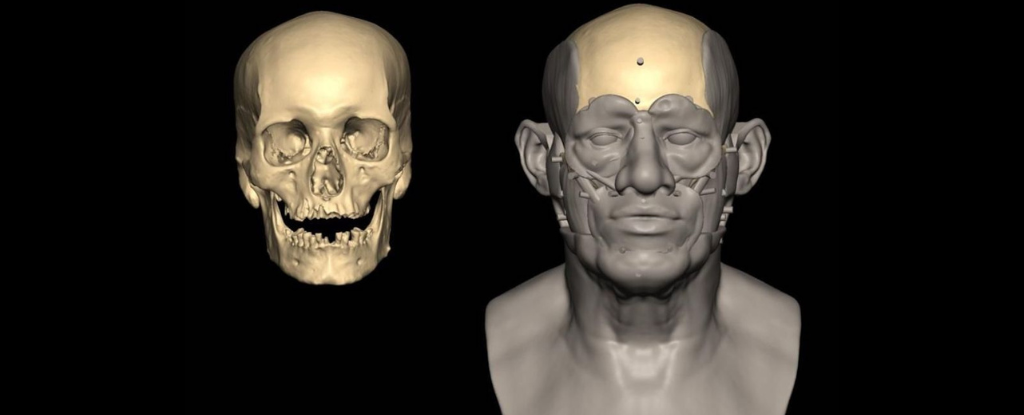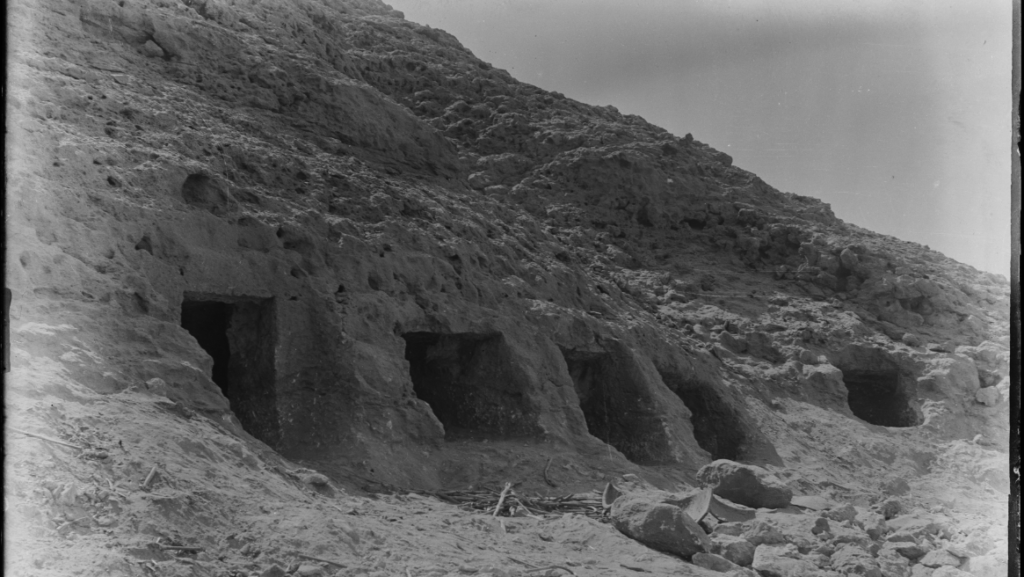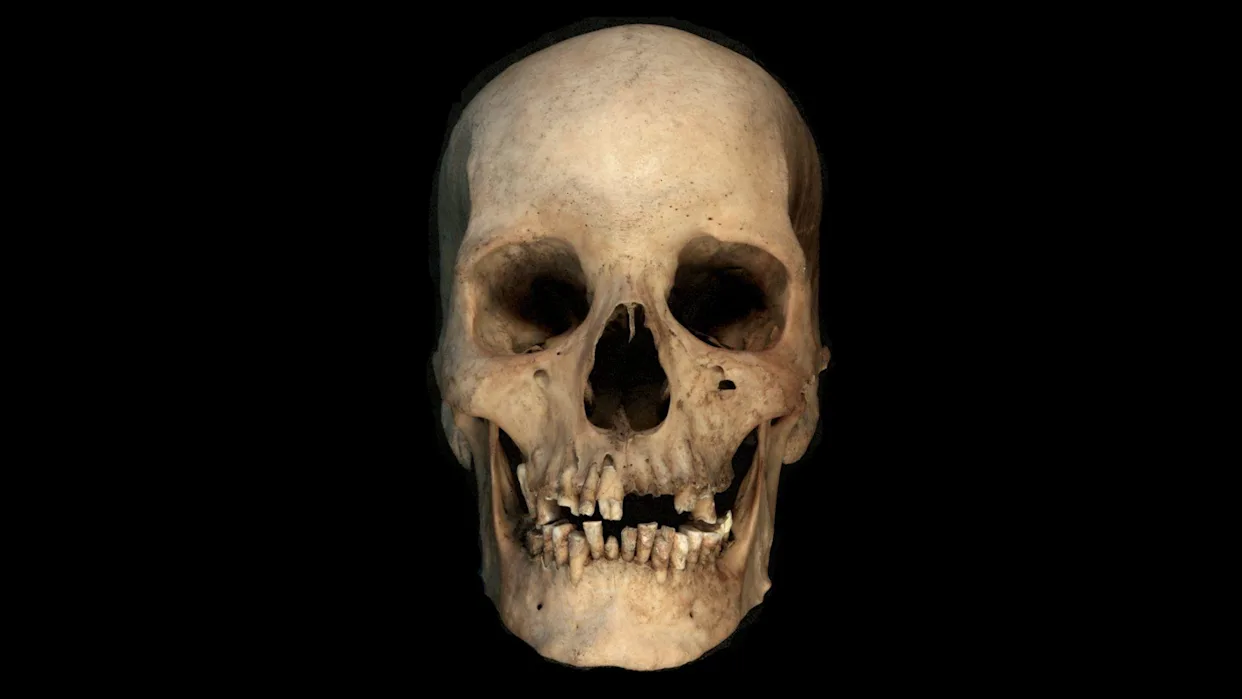Ancient DNA Egypt: A Revolutionary Breakthrough in Understanding History
Ancient DNA Egypt research has unveiled groundbreaking insights into early human migration. Scientists have extracted DNA from a 4,500-year-old skeleton in the Nile Valley. This discovery could reshape our understanding of ancient history. The results revealed surprising genetic links between early Egyptians and the distant Mesopotamian civilization. This marks the first direct biological evidence of human migration between these two ancient cultures and suggests that Egyptian society may have evolved through interactions with Mesopotamian communities.

The Ancient DNA Egypt study focused on the remains of a man buried in the village of Nuwayrat, approximately 265km south of Cairo. Using advanced DNA extraction methods, researchers uncovered that nearly 20% of the man’s genome originated from populations in Mesopotamia, modern-day Iraq. These Ancient DNA Egypt findings offer compelling evidence that early civilizations were not isolated but actively exchanged ideas and innovations. Experts believe that major advances like writing and agriculture spread through direct human interaction. This groundbreaking Ancient DNA Egypt research now strongly supports that theory.
Reconstructing a Life: Insights from Ancient DNA in Egypt
Beyond the DNA evidence, researchers were able to piece together a remarkably detailed profile of the individual. Believed to be around 60 years old at the time of his death, the man likely worked as a potter. His skeletal structure showed signs of intense physical labor: enlarged seat bones from sitting on hard surfaces, a hooked occipital bone from tilting his head down frequently, and well-developed arm muscles indicating repetitive lifting motions.
Analysis of chemical residues in his teeth revealed he had grown up locally in Egypt, further highlighting that although he lived his life in the Nile Valley, his ancestry traced back to communities 1,500km away. The convergence of local upbringing and foreign lineage provides a compelling case for long-distance migration and gene flow.
Ancient DNA Egypt Reveals Early Cultural Exchange Between Civilizations
This discovery strengthens a long-standing theory in archaeology: ancient civilizations such as Egypt and Mesopotamia were not isolated. Instead, they belonged to a broader network of cultural and intellectual exchange. Both societies developed early writing systems and practiced organized agriculture—advancements that may have spread through contact between the two regions. Scholars have long suspected that these similarities came from some level of direct contact.
Until now, however, there was no concrete genetic evidence to back up these claims.
DNA from the man’s inner ear bone confirms that people migrated between the Fertile Crescent and the Nile Valley. This movement may have helped Egypt evolve from scattered farming villages into one of the world’s earliest advanced civilizations.
An Archaeological Marvel Preserved Through Time
The skeleton was unearthed in 1902 and survived both storage for over a century and WWII bombings in Liverpool. The man had been buried in a ceramic coffin, typical for his era, before the widespread adoption of mummification. This unique burial method helped preserve his DNA, enabling researchers to analyze it centuries later. Scientists believe more discoveries like this will reveal deeper links between ancient civilizations through migration and shared ideas.

This breakthrough may be the start of stronger evidence connecting early societies across regions via trade, movement, and innovation.
How Science is Rewriting Human History
The study reflects a broader shift in the way historians and archaeologists approach ancient narratives. Traditionally, elites such as kings, priests, and the powerful have documented much of human history. But DNA helps researchers uncover the lives of ordinary people who rarely appeared in written records yet shaped ancient societies.
Genetic research, when combined with archaeology and anthropology, gives scientists a fuller picture of human history. In Ancient Egypt, this approach reveals how everyday people—potters, farmers, and traders—helped shape one of history’s greatest civilizations.
A New Era in Egyptology
This remarkable DNA study has opened the door to a new era in Egyptology—one where genetic data complements historical texts and artifacts to paint a fuller picture of how this ancient civilization came to be. More importantly, it underscores the importance of interdisciplinary collaboration in uncovering humanity’s shared past.
Future research could include analyzing additional skeletal remains from the same period, potentially providing further evidence of genetic mixing between Egyptians and neighboring cultures. Researchers hope to develop a broader genetic map of the Nile Valley’s early population, charting migration patterns and cultural interactions with unparalleled precision.
Looking Ahead
The implications of this study reach far beyond Egypt and Mesopotamia. They highlight the power of ancient DNA analysis to unravel the complex stories of human migration, adaptation, and cultural exchange that shaped our world. As scientists continue unlocking our ancestors’ genetic code, they may rewrite history and redefine what we know about early human civilizations.

The man buried in Nuwayrat has, after thousands of years, offered a voice to history. Through his bones and DNA, we are beginning to understand the intricate tapestry of relationships that defined the ancient world and ultimately laid the foundations for the modern era.




